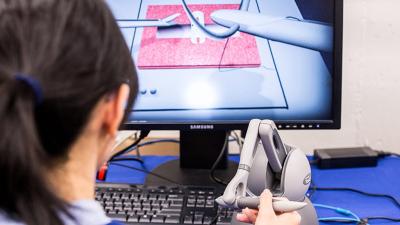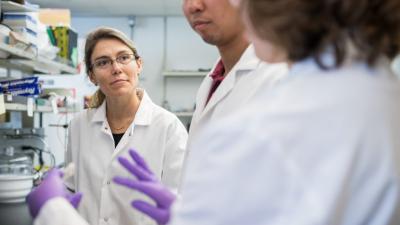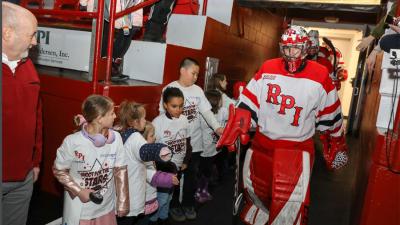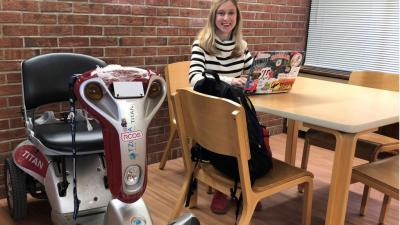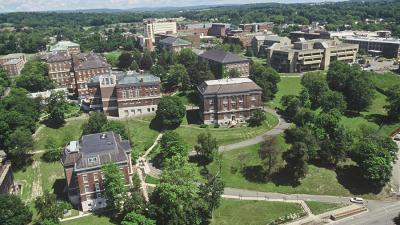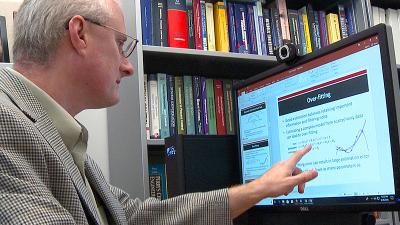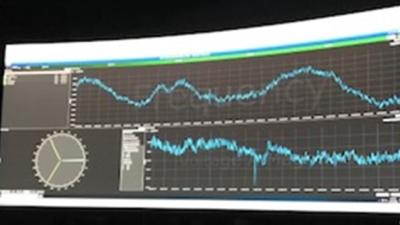Interactive Medical Simulation Toolkit Released to Public
An innovative interactive medical simulation toolkit (iMSTK), created by a team of researchers from Rensselaer Polytechnic Institute, Kitware Inc., and University of Central Arkansas, makes it possible for surgeons, interventional endoscopists, and other clinicians to virtually hone their skills, plan new procedures, and develop novel medical devices and platforms. The potential life-saving benefits of this […]
